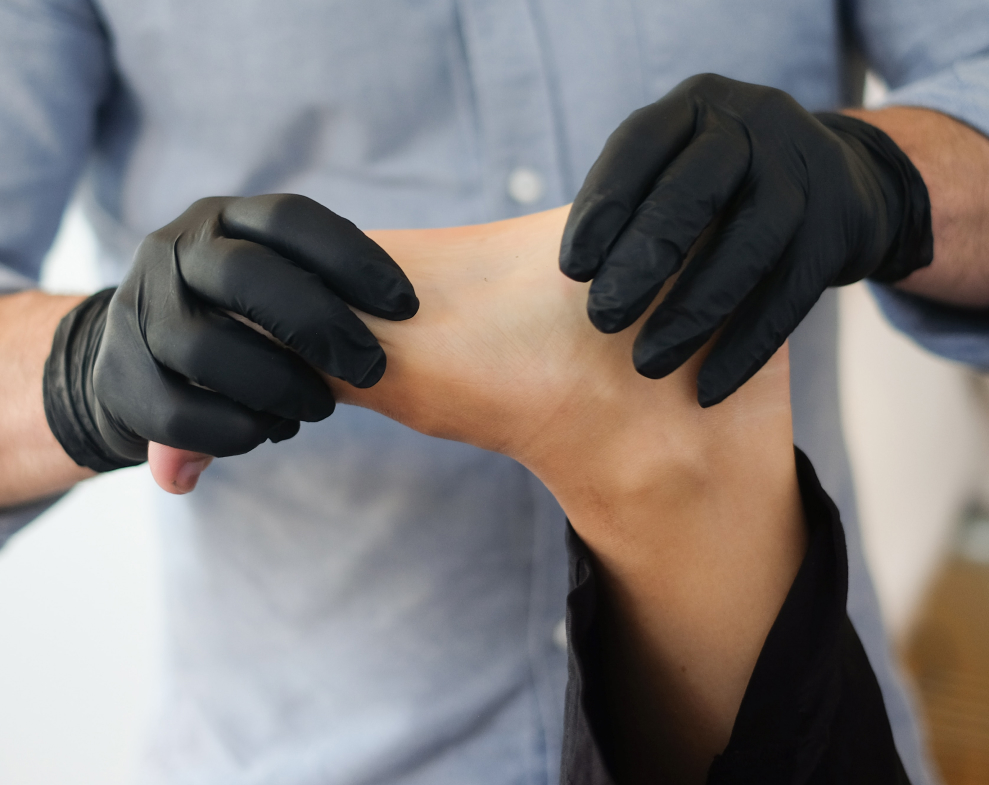Hay fever in Athletes
Summer is finally on the way and many sports enthusiasts are looking forward to getting out in the open air – unless their noses run and their eyes water. After all, athletes suffer from hay fever too.
Hay fever can cause the eyes to water, itch or burn and the nose to run. Frequent sneezing is also common. It can also lead to allergic bronchial asthma, resulting in a shortage of breath or coughing. Other typical symptoms include skin rashes or swelling.
Hay fever can weaken nasal flow by up to 80%, impairing breathing and adversely affecting your cardiovascular performance. It also affects your concentration, as the body is more tired thanks to the immune system working overtime. Although Rowing with Hay fever is not harmful, it can be very tough and could hinder your performance.
Studies of hay fever in elite sports people have found that many do not realise what is wrong with them and even if they do most do not treat it appropriately. Athletes can put up with symptoms year after year just thinking that they had recurrent colds.
Hay fever will affect sports performance in many ways including:
Vision
This will be impaired if the eyes are itchy and runny. Conjunctivitis can develop if a person is touching their eyes frequently. This can take days to clear and can detract from performance.
The increased tear production in hay fever tends to make eyes more sensitive to light so it can be difficult to keep the eyes open and see normally in strong sunlight
Concentration
Cardiovascular performance will not be optimal if breathing is impaired by a runny or blocked nose. Hayfever typically involves some inflammation in the nose and the capacity to breathe through the nose is reduced. In many sporting events, (e.g. swimming, rowing, and even running), athletes must, or choose to, link the duration of each breath to the cadence of their limb motions, this fundamental reaction will be limited if the nose is runny, blocked or congested because of hayfever.
Tips for Elite Athletes for overcoming problems with Hay Fever
Training strategies to avoid high pollen counts.
Weather: Check Pollen Counts.Pollen counts will be highest on dry, warm days with a moderate wind. Strong winds tend to disperse and dilute the pollen load more. Counts will be lowest on cool, windy wet days. However if this weather follows a dry spell the allergen load in the air could still be quite high as the allergen on the pollen can be transferred to water droplets etc.
Times of day: On warm dry days grass pollen counts are highest in the early morning and late afternoon due to the fact that this is when most grasses release their pollen. During the middle of the day convection currents help to disperse and dilute the pollen load.
Places: It is not often possible to choose where to train. Avoid places with flowering grass such as verges. Avoid places with high air pollution loads. The air pollution in large cities can make the symptoms of hay fever worse even though the pollen counts may be lower than in rural areas. Know the pollen forecasts.
- Get enough sleep (at least 7 hours per night) as this helps the immune system.
- Pay attention to nutrition, especially vitamin intake. A number of nutrients get depleted when we are stressed, including zinc, magnesium and pantothenic acid. Taken at levels of 100-500mg, vitamin B5 has been shown to reduce allergic symptoms
- Wear sunglasses to help keep pollen out of the eyes. Rinse eyes after being outside
- Don’t dry washing outside on high pollen count days as it will collect pollen from the air
- Brush or wash your cat or dog as they can carry a lot of pollen in their fur
- Change clothes and wash hair after being outdoors
- Keep windows and doors closed to help keep pollen out, keep windows closed in the car.
- Talk to your GP or pharmacist about treatments and remedies







